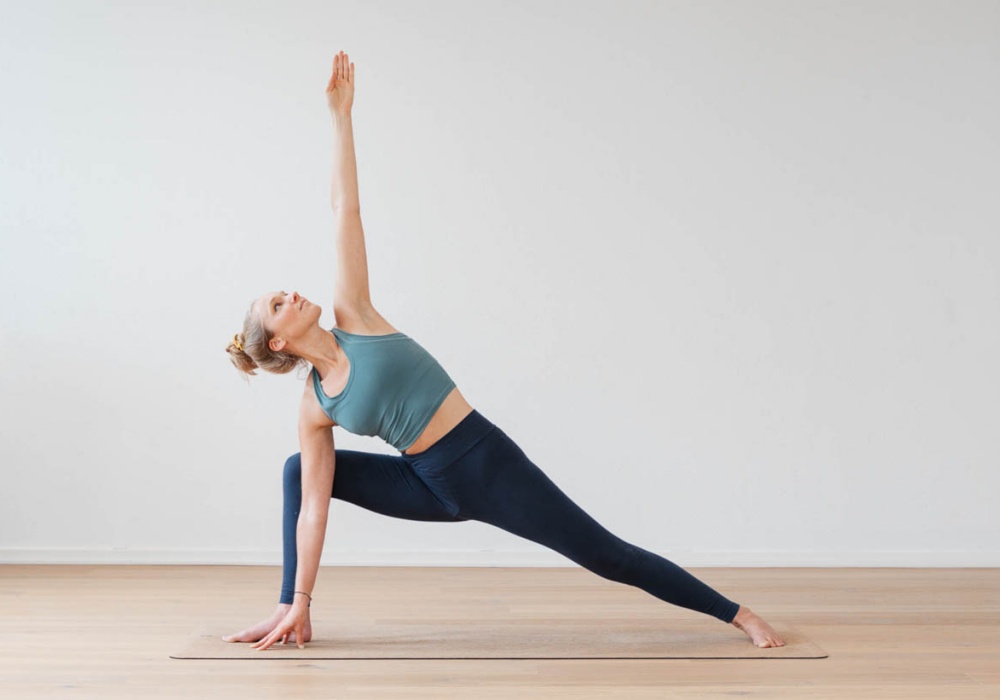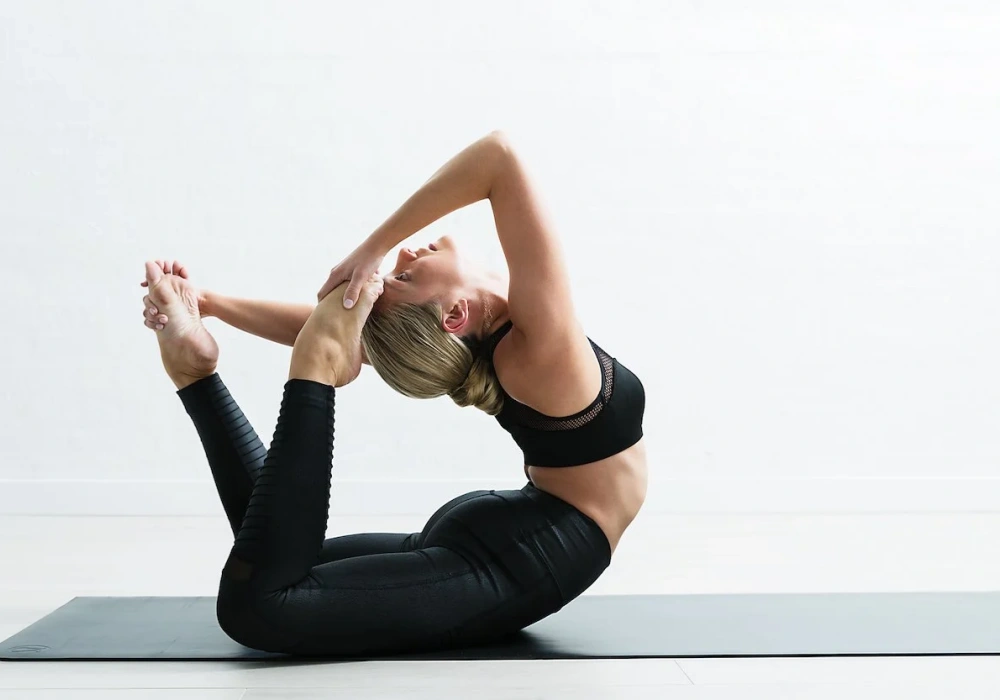
What Makes Yoga Transformative
What sets it apart is its ability to meet people where they are, whether they seek physical strength, mental calm, or emotional stability. Unlike rigid fitness routines, yoga adapts to individual needs, making it accessible to beginners and seasoned practitioners alike.
At its core, yoga emphasizes mindful movement. Each pose, or asana, is paired with intentional breathing, turning exercise into a form of meditation. This focus on the present moment helps quiet racing thoughts, reducing stress as the body releases tension. Even simple poses, like child’s pose or cat-cow, encourage awareness of how the body feels, building a deeper connection between physical sensations and mental state.
Yoga also cultivates resilience. Progress isn’t measured by how deeply you stretch but by consistency and self-compassion. A session might involve challenging poses that test strength, followed by restorative ones that teach relaxation.

This balance mirrors life’s ups and downs, teaching practitioners to approach difficulties with patience and celebrate small wins without judgment.
The community around yoga adds another layer of transformation. Group classes create a supportive space where people of all ages and abilities practice together, fostering a sense of belonging. Sharing the experience of focusing on breath and movement with others reinforces the idea that growth is a collective journey, not a solitary one.
Beyond the mat, the principles of yoga seep into daily habits. The mindfulness practiced during poses translates to better decision-making, as individuals learn to respond to stress with calm instead of reactivity. The strength built in the body boosts confidence, while the mental clarity gained helps prioritize what truly matters.
It’s this holistic impact—nurturing physical health, mental focus, and emotional balance—that makes yoga not just a workout, but a lifelong tool for wellbeing.
